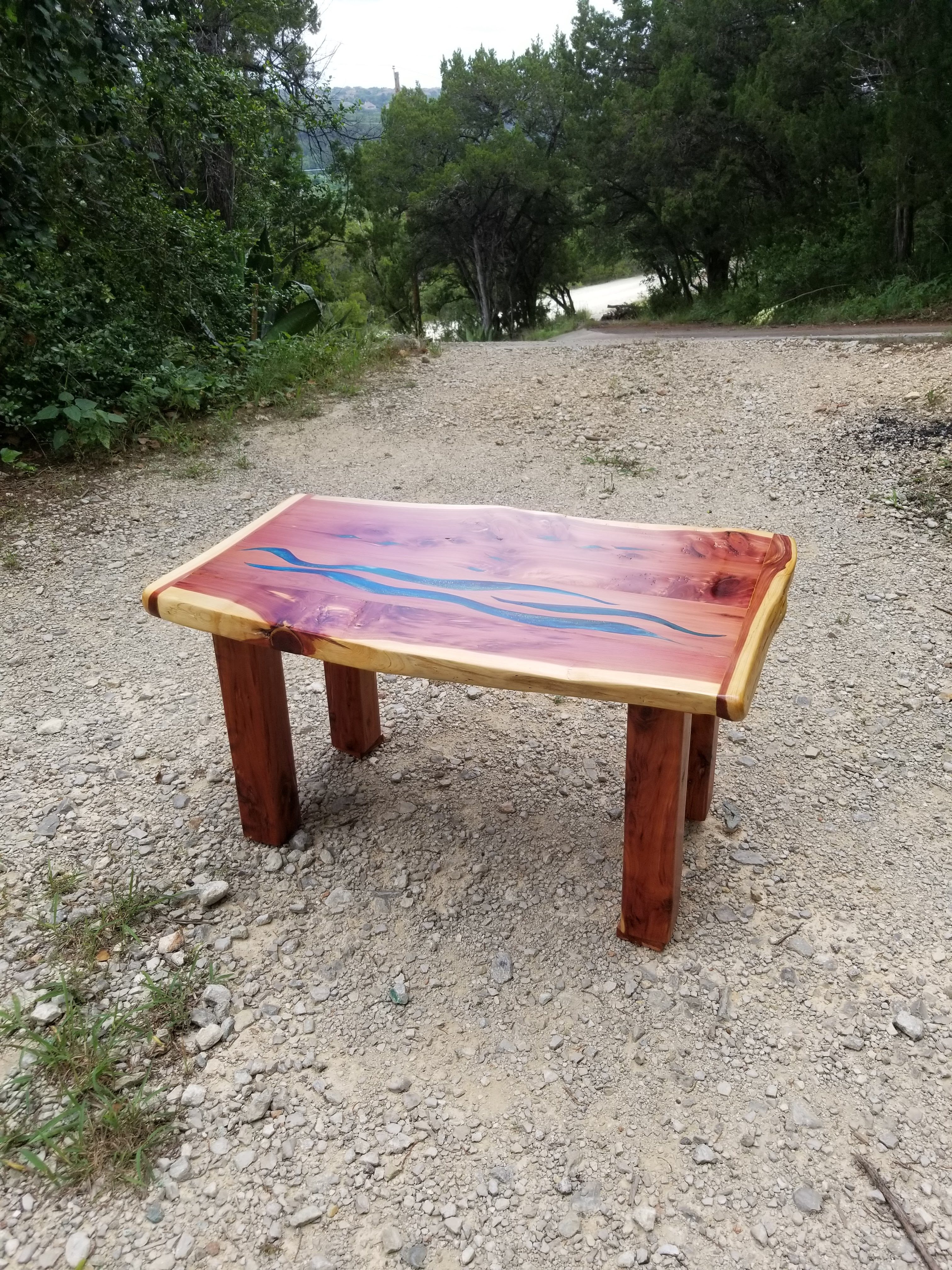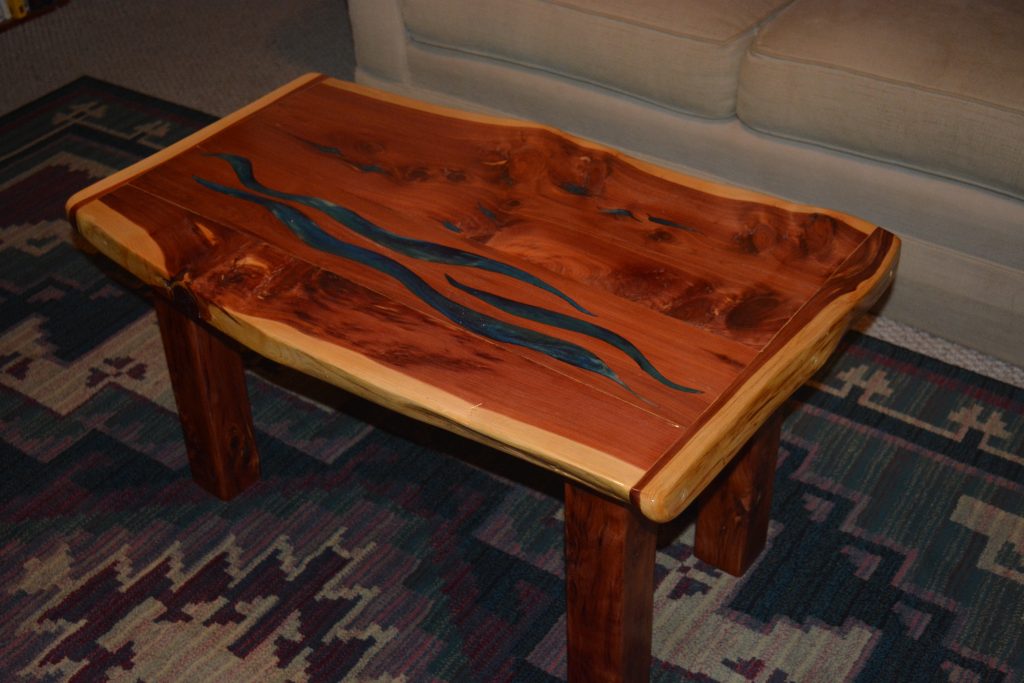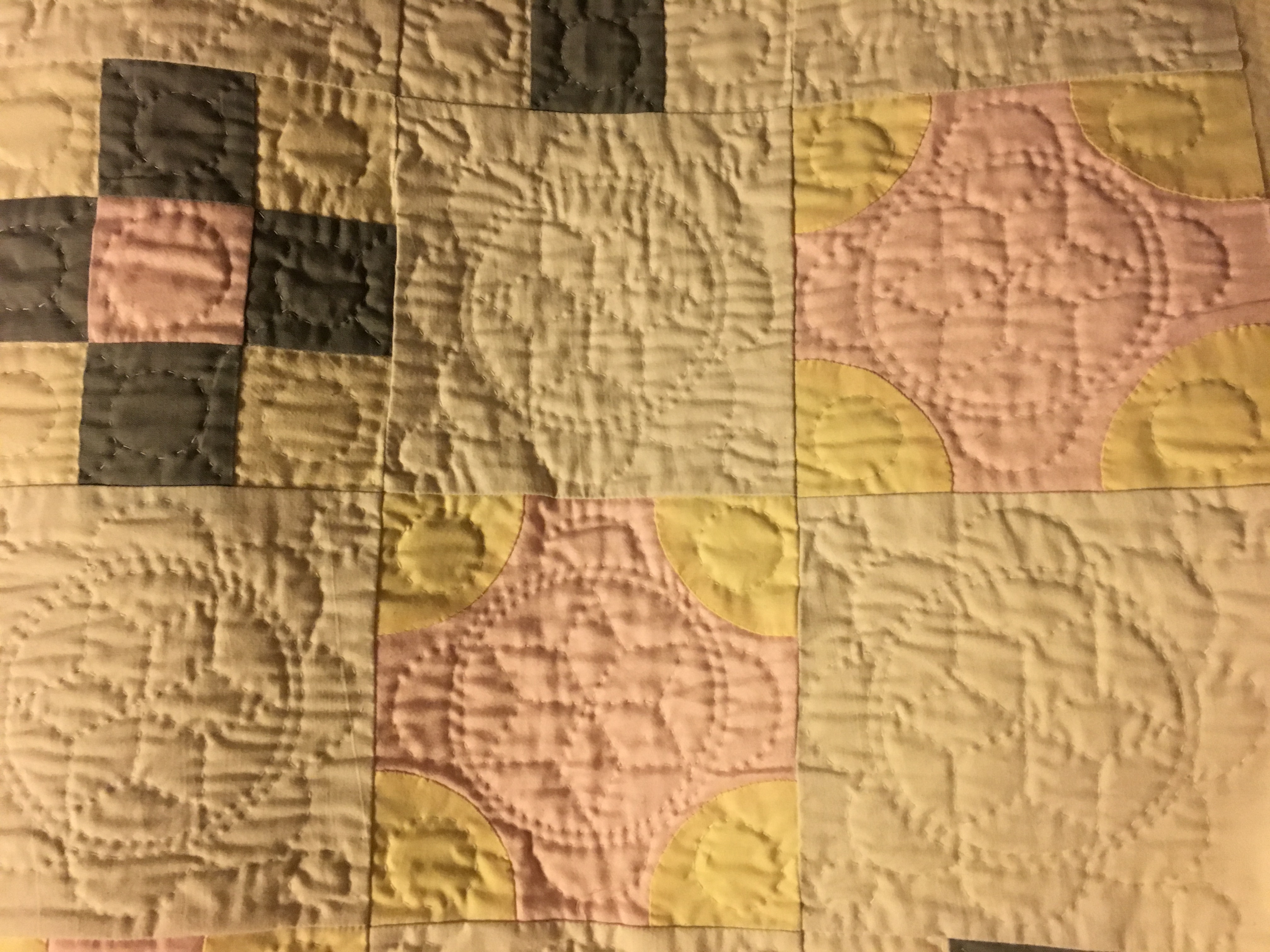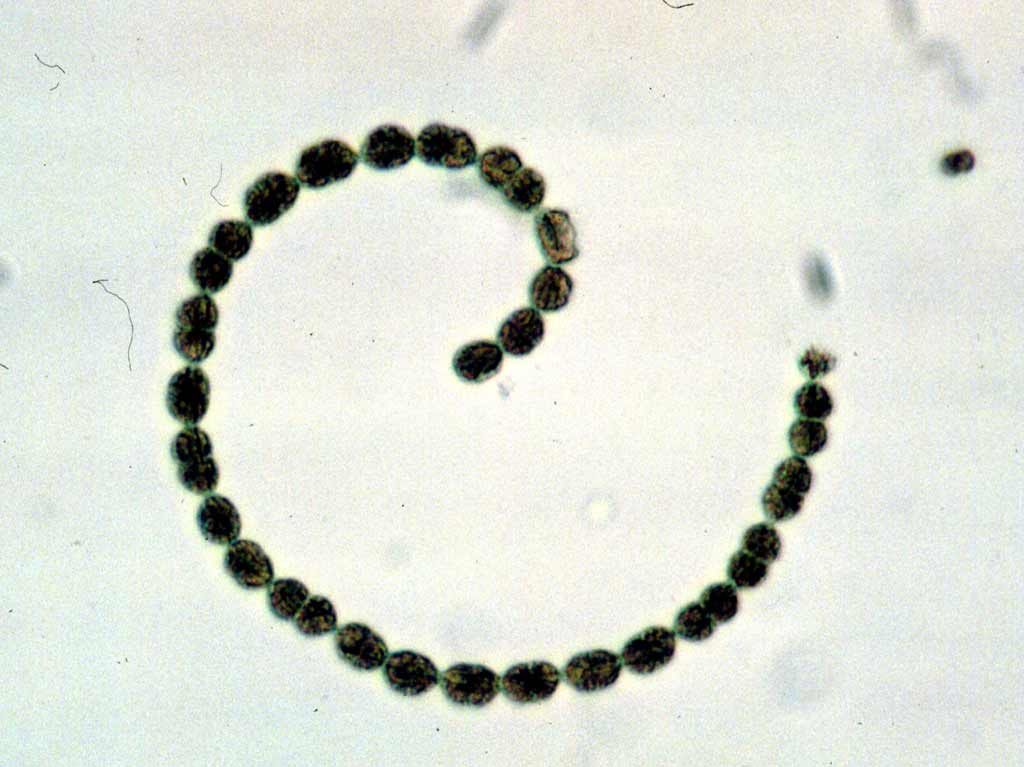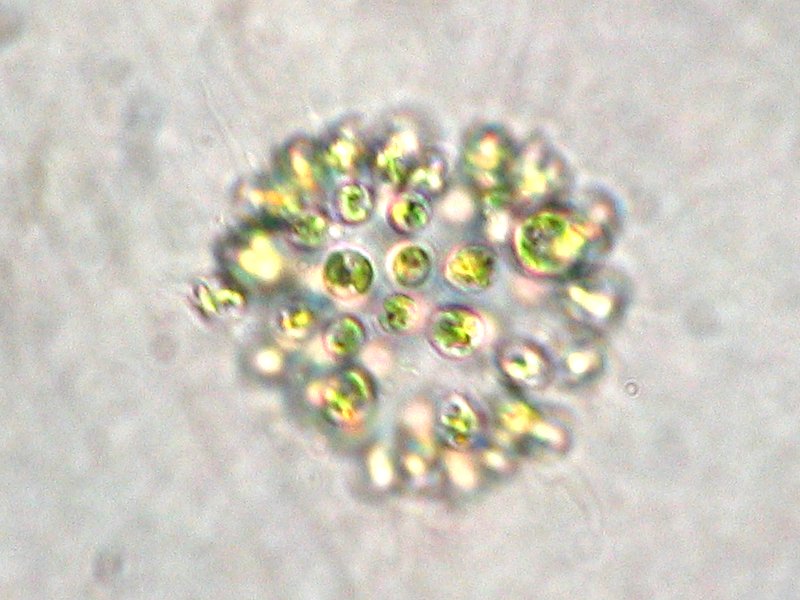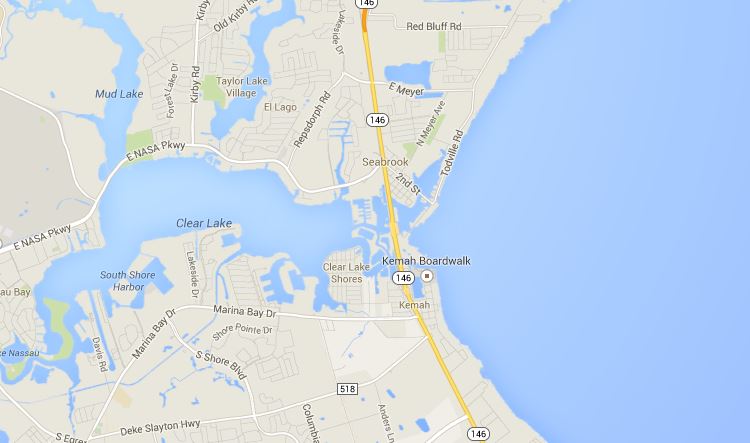The information in this post applies to all paddlers … old-hands, newbies, guests, etc. … there are no exceptions.
In light of the recent tragedy on Lake Ray Hubbard, a new safety policy has gone into effect as of 22 September 2019. [The paddler was on an OC2, not a kayak, as reported. Neither he nor his paddling partner were wearing PFDs.]
1) Every paddler must procure their own personal flotation device (PFD) and bring it to all workouts. Your PFD must be in serviceable condition.
Your steersmen will not provide these.
2) Until otherwise proven / demonstrated to coach / president, Justin McGuire, all paddlers must wear their PDF during workouts.
3) If you can prove to Justin that you can swim 250 meters and / or tread water for 10 minutes, then you will be permitted to paddle without wearing your PDF; however, it must be present in the canoe and ready in case of an emergency. Austin OCC, Inc. still recommend that you wear your PFD.
Please note : It is strongly recommended that any inflatable PFD also have an oral inflation tube.
The U.S. Coat Guard informs us that a PFD is considered to be in serviceable condition only if the following conditions are met :
(a) No PFD may exhibit deterioration that could diminish the performance of the PFD including :
- Metal or plastic hardware used to secure the PFD on the wearer that is broken, deformed, or weakened by corrosion;
- Webbings or straps used to secure the PFD on the wearer that are ripped, torn, or which have become separated from an attachment point on the PFD; or
- Any other rotted or deteriorated structural component that fails when tugged.
(b) In addition to meeting the requirements of paragraph (a) of this section, no inherently buoyant PFD, including the inherently buoyant components of a hybrid inflatable PFD, may exhibit :
- Rips, tears, or open seams in fabric or coatings that are large enough to allow the loss of buoyant material;
- Buoyant material that has become hardened, non-resilient, permanently compressed, waterlogged, oil-soaked, or which shows evidence of fungus or mildew; or loss of buoyant material or buoyant material that is not securely held in position.
(c) In addition to meeting the requirements of paragraph (a) of this section, an inflatable PFD, including the inflatable components of a hybrid inflatable PFD, must be equipped with :
- Except as provided in paragraph (d) of this section, a properly armed inflation mechanism, complete with a full inflation medium cartridge and all status indicators showing that the inflation mechanism is properly armed;
- Inflatable chambers that are all capable of holding air;
- Oral inflation tubes that are not blocked, detached, or broken;
- A manual inflation lanyard or lever that is not inaccessible, broken, or missing; and
- Inflator status indicators that are not broken or otherwise non-functional.
(d) The inflation system of an inflatable PFD need not be armed when the PFD is worn inflated and otherwise meets the requirements of paragraphs (a) and (c) of this section.

